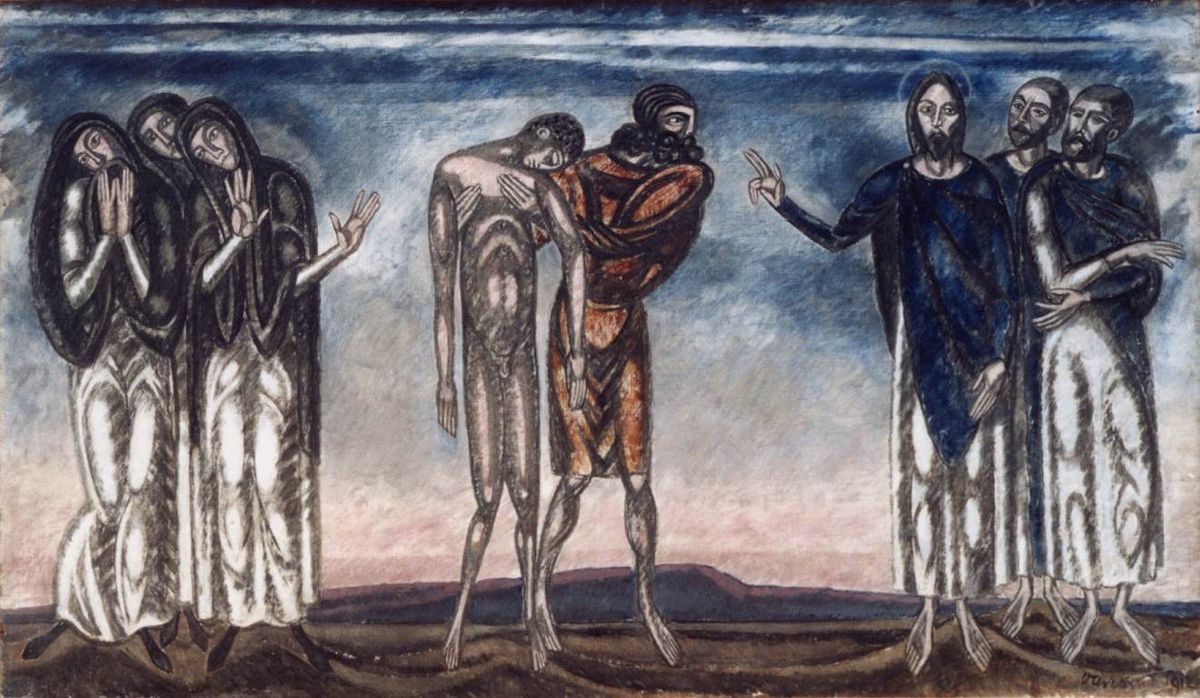
The word ‘death’ has an undeniable sense of finality to it – the ultimate end from which there is no return. Yet the practice of CPR and other methods of resuscitation have become so commonplace that we no longer think twice about the fact that these practices are quite literally bringing people back from the dead. Where did the idea of resuscitation come from? Who decided one day that they would defy death itself?
Through my research it was difficult to pinpoint the exact moment resuscitation was attempted for the first time, although mentions of it stem back to as early as 1530, when a Swiss physician named Paracelsus attempted to physically pump air into patients who had suffocated using the ‘Bellows Method’. However, as J. L. Price informs us in his article “The evolution of breathing machines” –
“The first mechanical refinement of mouth to mouth resuscitation was attributed to Paracelsus, who in 1530 inserted the nozzle of fireside bellows into the nostrils of apnoeic patients and rhythmically inflated their lungs. The bellows used were said to have been fouled by cinders and Paracelsus had little success with their gestures."
After Paracelsus, mentions of resuscitation increased drastically in 18th century Europe – especially with regard to individuals who had drowned. I came across several rather bizarre stories from this period – the first is of a woman named Anne Wortman who was found lying facedown in a shallow Amsterdam canal in 1769. She wasn’t breathing and had no pulse, and while those who found her were ready to declare her dead, two bystanders named Andrew de Raad and Jacob Toonbergen were convinced that she had life in her yet, and proceeded to roll her body back and forth over a log. They then brought her to an apothecary who blew tobacco smoke up her rectum (yes, you read that correctly), breathed into her mouth through a handkerchief, and tickled the back of her throat with a feather – and lo and behold, Anne Wortman was restored to life.
The second story is of young Rowland Oliver in 1782 who, at the age of five, fell into a river. He was eventually found by a factory worker and taken back to his family, but by then he was no longer breathing. But his parents recognised that he was only “apparently dead” and immediately got to work – they stripped his clothes, slapped him, and rubbed his body with woollen cloths soaked in spirits. When the doctor arrived shortly after, he immersed the boy’s feet in hot water, and poured an emetic agent down his throat. Twenty minutes later, Rowland regained consciousness.
The science clearly wasn’t exact in those days, but broadly speaking, the foundation of resuscitation lay in stimulation. The goal was to stimulate the body with different sensations, which would eventually bring it back to action. Stimuli were both internal and external; external stimuli included putting the patient’s feet in hot water, rolling them back and forth over a barrel, tickling them with a feather, beating them with whips, draping them over a trotting horse, etc. while internal stimuli included using rum or any other such substance to trigger the stomach, and yes, blowing tobacco smoke into various orifices.
Over time, as electricity came into popular use, electrocution became another cause of “apparent death”. Although electric shocks had been experimented with in the past when it came to resuscitation, they became more popular as death by electrocution increased. Until now, the practice of resuscitation had been democratised – practically anyone could do it. But when it came to jumpstarting the heart, resuscitation quickly became a task only for medical practitioners. Dr. Beck championed the cause of resuscitation with a focus on the heart, either through electricity (defibrillation) or manually massaging the heart. In 1947 he proudly showcased his “Choir of the Dead”, comprising of people who had been brought back to life in this way.
It was only until much later, when the closed chest compression method of resuscitation emerged that the practice once again passed to the hands of the public, but by now it had become so common that the wonder of miraculously defying death had become a thing of the past.
Works Cited
Gainty, Caitjan. “Reversing death: the weird history of resuscitation” The Conversation. November 4th, 2021. Web. < https://theconversation.com/reversing-death-the-weird-history-of-resuscitation-168592 > as seen on June 8th, 2022.
Stromberg, Joseph. “The science of bringing the recently dead back to life” Vox. August 8th, 2014. Web. < https://www.vox.com/2014/8/8/5980569/resuscitation-shocked-dead-history-science > as seen on June 8th, 2022.
Trubuhovich, Ronald V. “History of mouth-to-mouth rescue breathing. Part 2: the 18th century.” Critical care and resuscitation : journal of the Australasian Academy of Critical Care Medicine vol. 8,2 (2006): 157-71. Web. < https://pubmed.ncbi.nlm.nih.gov/16749887/ > as seen on June 8th, 2022.
Bottrell, John . “1530: the bellows of Paracelsus” Asthma History . August 3rd, 2015. Web. < http://asthmahistory.blogspot.com/2015/08/1530-bellows-of-paracelsus-provide.html > as seen on June 8th, 2022.
Editors. “History of CPR” American Medical Association CPR & First Aid. Web. < https://cpr.heart.org/en/resources/history-of-cpr#:~:text=1732,mouth%20resuscitation%20in%20medical%20literature. > as seen on June 8th, 2022.
